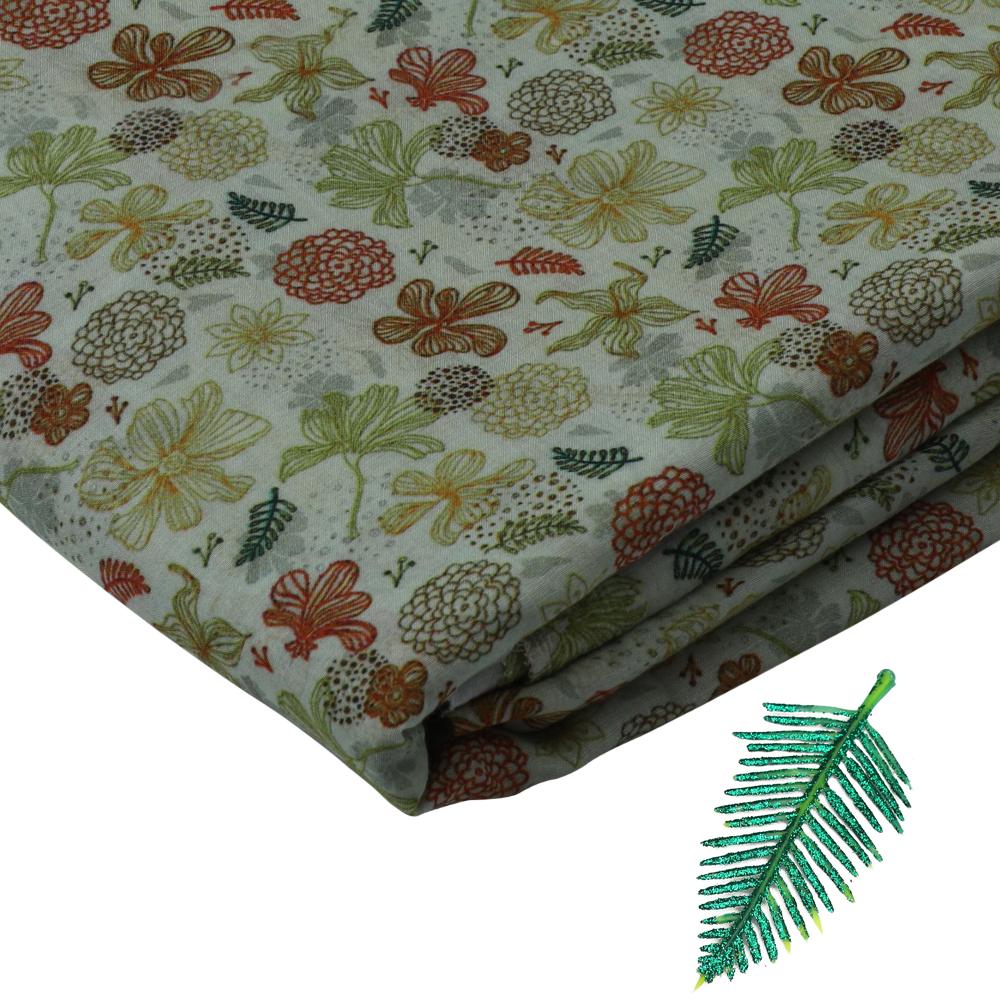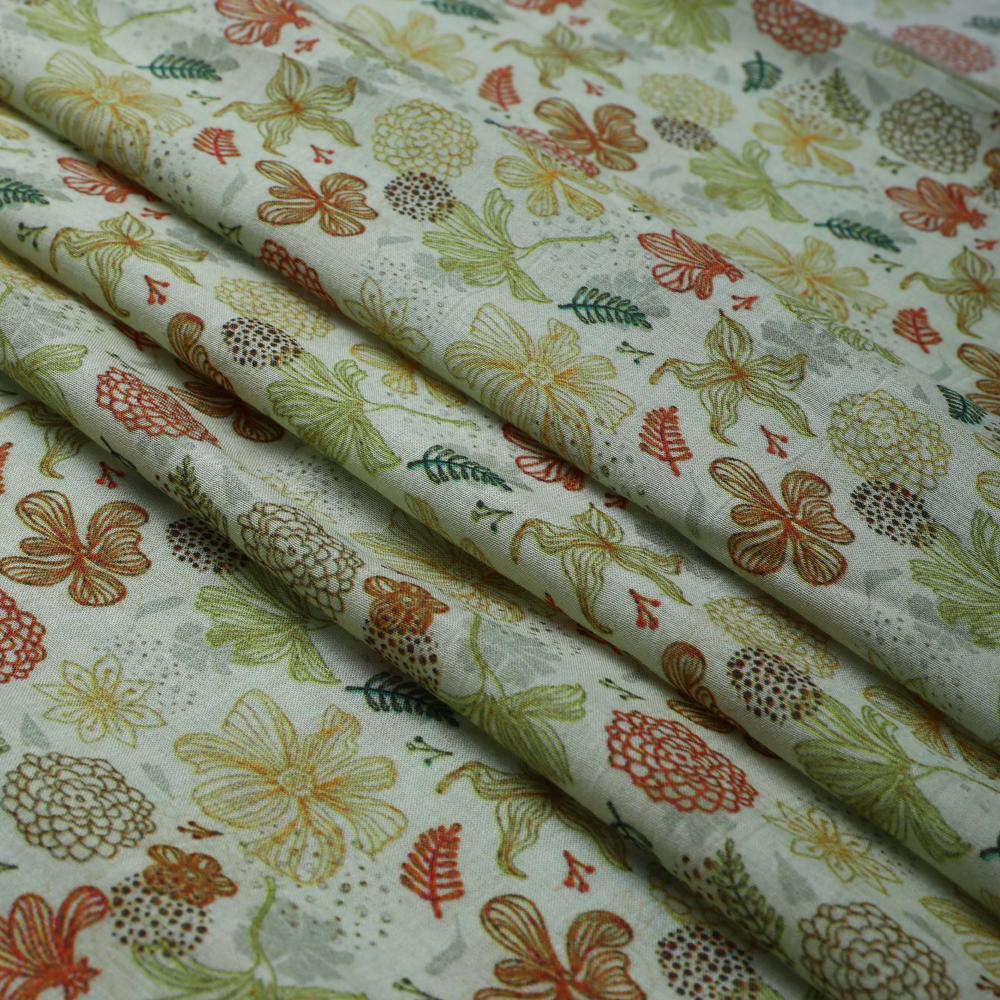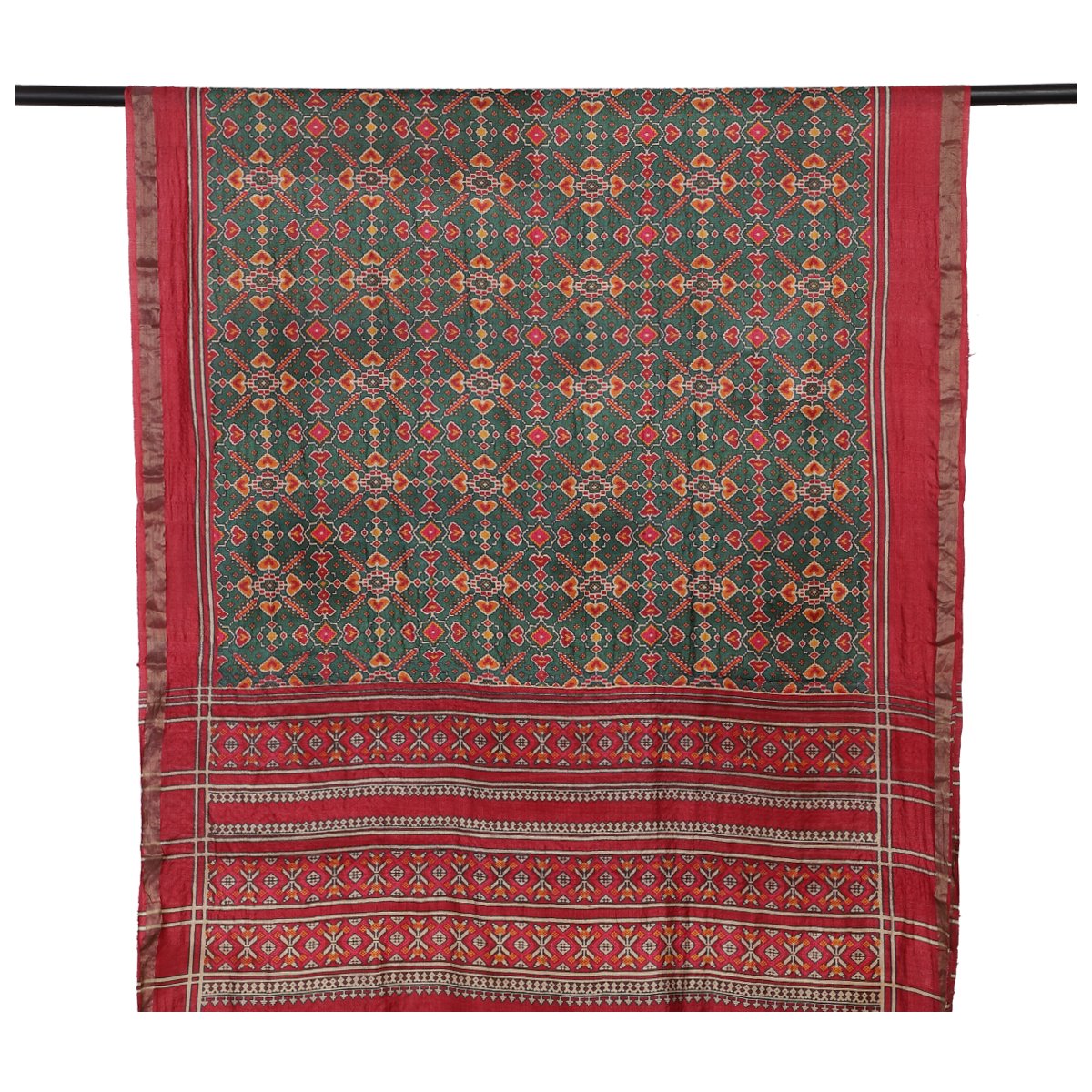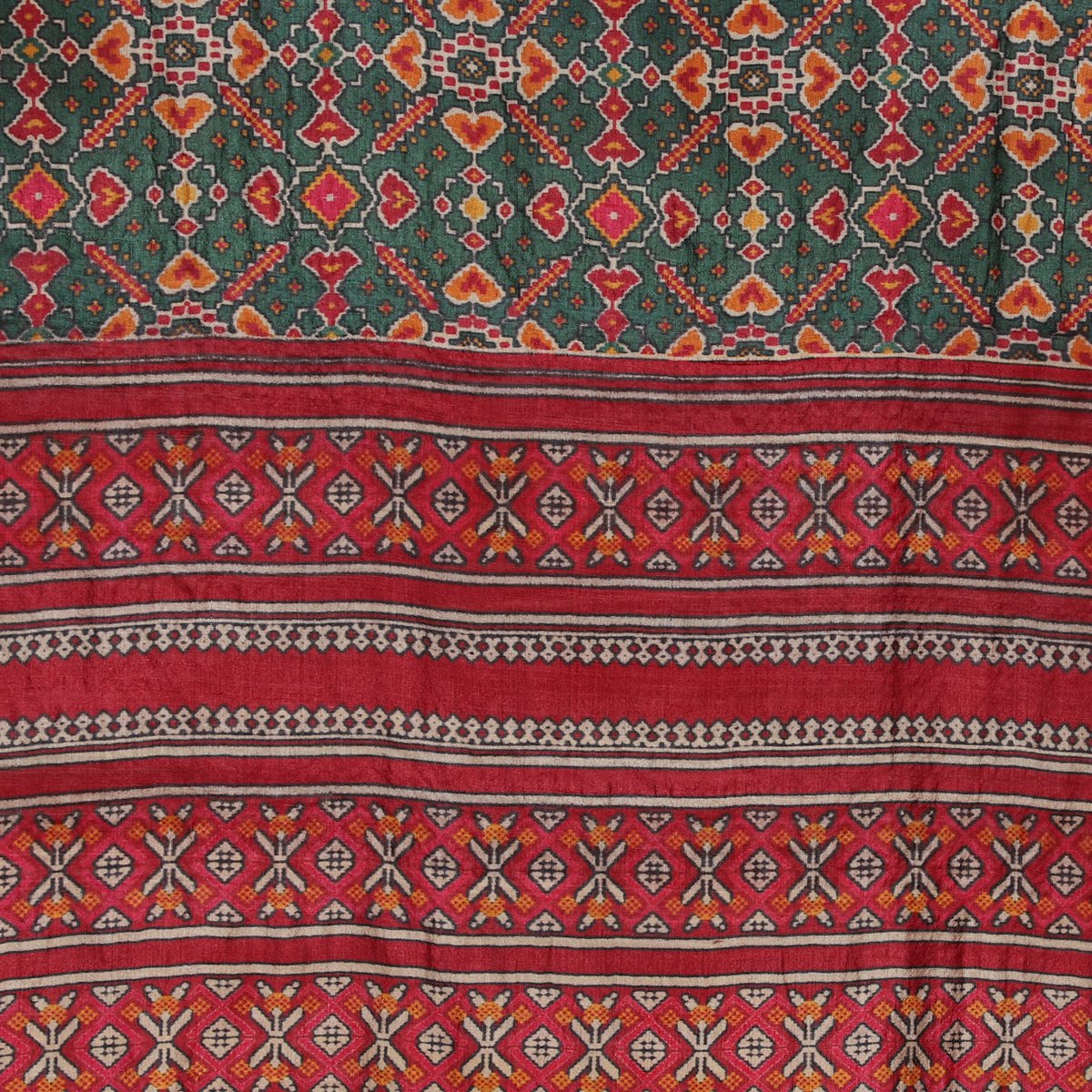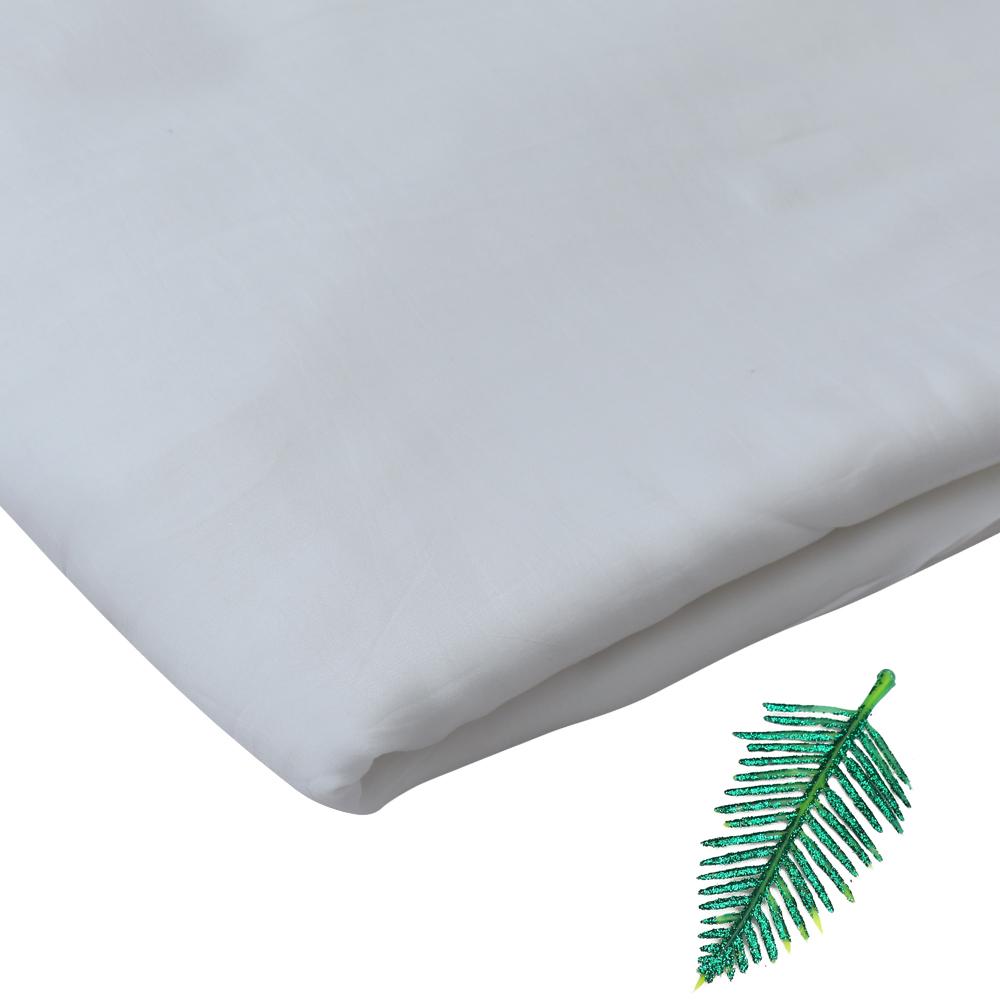It’s believed; Ripples of handloom hit Indian shores during the Indus valley civilization (at grounds of Mohenjodaro), the evidence being splinters of finely woven dyed cotton and shuttles excavated along with paintings and sculptures! Somewhere amid parts of Egypt were unearthed the very first crumbs of Indian handloom. The credits for diverse fabrics back then can be found in our legends Ramayana, Mahabharata, Rig Veda too. India has been a colossal trader of handwoven fabrics since prehistoric times, and exports to countries like US, UK, Germany, UAE, Italy, China, Japan and so on.
Vital milestones in the history of Handwovens
- The surge of Islamic rule in India conflicted weaving practices and traditions followed back then. The “Nakshaband” system revolutionised the art of weaving, and traditional Hindu flamboyant patterns were taken over by rigid/ cagey ones.
- The British gale into India led to forfeit of the beauty and elaborateness of classic weaving techniques. Traditional motifs and vibrant colours were swapped over with full wallpaper designs and pastel shades.
- Sea routes were bared for export trade from India during the British colonial reign, and there emerged an intermediary class of traders amidst the producer and market, thus downsizing manufacturers/ handweavers profit.
- India was a constant supplier of hand spun raw cotton to British textile mills from 1821, which led to scarcity of hand spun yarns in our country and they got replaced by mill spun yarns. This impacted incomes of millions of spinners inclining them to middlemen/ financers for a living.
- The Edge that Indian handloom sector owned before the First World War in the global market, withered away after the war. Not only did it depend on expensive mill spun yarns but also encountered serious competition from mill produced cloths.
- In 1920s and 1930s the handloom sector picked up a bit due to nationalist movements substantiating usage of “swadesi cloth” (an initiative by Mahatma Gandhi). Similar vision of a self-reliant nation was announced by our Prime minister Narendra Modi this year, thus calling out to become vocal for our local products. The handloom sector or Indian cottage industry can greatly contribute to this vision and thereby strengthen our economy.
- Handwoven fabric till date faces relentless competition from the mechanized Textile production sector, however its uniqueness, authenticity, traditional designs, openness to innovation, vivacious colours and aesthetic brilliance takes it a notch higher carving a niche garnering support from state/ central governments and globally too. Handlooms or handwovens also pave the way to a sustainable ethical clothing culture, thus benefiting our ecosystem.
Handwovens; familiarizing with few favoured ones
This is an attempt to take you on a short tour of India’s prodigious handloom culture. These are some well-known handloom fabrics that we boast of.
**Muslin- derives the name from Mosul city (Iraq); its finest qualities can be identified with a fine and sleek texture. A plain fabric existing in varied weights woven from evenly spun warps/wefts is labelled by names such as book, mull, swiss, sheeting etc. They ease the fit of a garment with an expensive fabric by availing themselves for drape tests. Muslins also make up good sarees (Bengali muslin), can be used as lining or for surgical uses too.
Brocades- name originates from Italian broccato meaning ‘embossed cloth’. A lavishly embellished shuttle woven fabric made in coloured silks with or without gold/silver threads was considered a luxury fabric worn by aristocrats back in the medieval period. End uses are mainly Banarasi brocade sarees, dupattas, upholstery, draperies etc. Some of the designers employing brocades in their collections lately were Antonio Berardi, Mary Katrantzou and Payal Singhal.
Chanderi- A heritage that emerged between Malwa and Bundelkhand, was entitled as Chanderi. Characterised by a sheer texture, lightweight and sumptuous drape, they are adorned with floral, peacock, geometric patterns are more. More than just saris, they now serve as tunics, kurtas, scarves, bottoms too. Anita Dongre, Anju Modi, Harpreet Narula, are few designers among many who induced Chanderi into their collections.
Ikats- known for its geometric motifs and deliberate bleeds, this fabric hails from Bhoodan pochampally, Telangana. It employs a unique highly skilled dyeing routine where in baled yarns are dyed in chosen colours and woven synchronically, making it exclusive! Used in saris, dresses, skirts - from vintage to high fashion clothes they can be seen in Anita Dongre’s, Tarun Tahilian’s collections as well.
Bhagalpuri or Tussar- A silk that originated from bhagalpur (Bihar), echoes the fascinating and fierce spirit of natural silkworm producing, and is loved for its lush texture and natural deep gold colour. They are now widely used by both Indian and International designers such as Masaba, Archana Kochhar, Nikhil Thampi in their creations and worn by Celebrities alike.
Jamdani- of a Bengali origin this fabric is cotton handwoven rich in motifs with a blend of cotton and gold threads, and is used for saris, scarves, and handkerchiefs. The pattern on the fabric appears to hover on a gleaming surface. Designer Gaurang Shah has been an ally of the weave since inception.
Kota- called Kota masuriya since the weavers journeyed from Mysore to Kota (Rajasthan) to weave this idiosyncratic tiny squared lightweight cotton fabric for turbans. Woven on traditional pit looms, this fabric subsumes super fine weaves and small khats (squares). They are very popular as silk kota Doria sarees. Fascinated by the tale of Nur Jahan, ace designer Gautam gupta launched his collection in 2019 by the same name using fabrics such as Kota, banarasi silk etc.
Maheshwari- rose from Maheshwar city (Madhya Pradesh), and holds a legacy of adorning queens and royals. Special nine yard sarees woven by chief weavers from Surat and Malwa for Rani Ahilya Bai Holkar’s palace guests, later on caught up with the crowd. Today they are a hot favourite amongst saree enthusiasts both national and international! At AIFW sp/su’17 famous designer Krishna Mehta's collection showcased bizarre contours made of Maheshwari silk fabrics.
Muga- a handwoven fabric from Assam previously set aside for royalties. Muga silk is avowed for its endurance, shimmer and natural yellowish-golden tint, and with every wash increases its lustre. Apart from used in saris, they are also used in traditional assamese dresses. Designer Samant Chauhan had used Muga silk for his exclusive AIFW collections.
Eri silk- Ideal for a vegan soul such as monks, as it implies zero harm to any living creature! The word originates from Assamese word ‘era’ meaning ‘castor’. It’s a strong and durable fabric with coarse and dense texture darker and bulkier than other silks and melds well with cotton/wool. It makes up for splendid winter shawls, jackets, blankets and bedspreads. Multiple designers like Daniel Syiem, Lucy Tammam (UK), Jyoti Reddy & Anna- Louise Meynell have experimented with Eri silk.
At FFAB we hold out some of the most exclusive and largest collections of handwoven fabrics such as Kota, Chanderi, Tussar, Ikats, Muslin, Mushroo, Jamdani and more. We engage about 1375+ handloom, powerloom weavers & artisans, thus strengthening their livelihood. Visit us at https://ffab.com/ to shop our collection, and call or whatsapp us @+91 9650700711. You can learn more about The glory of Artisan fabrics in our next blog.

